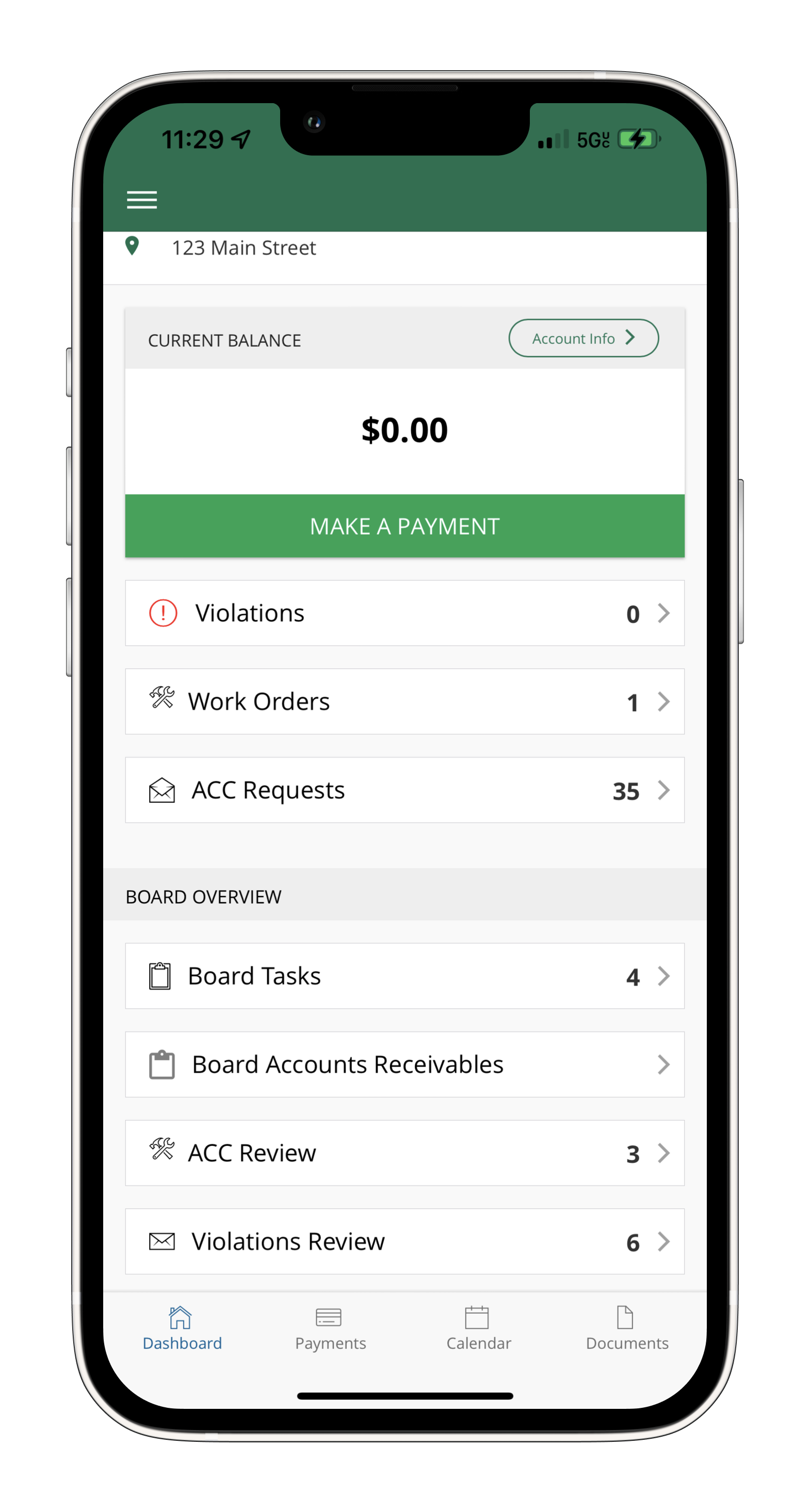
4 Key Considerations for Developing HOA Committee Guidelines
April 25, 2019
Texas Homeowners Rate Community Association Experience as “Very Good” or “Good”
May 23, 2019One of the essential responsibilities of a community association Board of Directors is the development and enforcement of rules that are fair, enforceable, and well-communicated to residents. This is typically easier said than done. Rules should ensure that all residents are held to the same standards and should be designed to protect residents’ rights of enjoyment as well as property values. Often, however, rules can be too lax as to fail to uphold property values, or so authoritarian as to unfairly deny resident liberties.
A community association has to weigh the needs of the many against the rights of the few.
Two Recent Cases Highlight the Need for Balance
A homeowner recently challenged the age restriction of pool rules and filed a Fair Housing complaint with Housing and Urban Development. They reasonably asserted that their 16-year old son should be able to use the pool without an adult present. The association’s attorney recommended we lower the age restriction to under 14 to avoid these types of complaints in the future. In this case, the attorney found a reasonable balance between resident safety and enjoyment of the amenities.
In another recent example, CMA advised against a Board member’s proposed rule banning “ugly” pots from being placed in the front yard. Given the subjectivity of the term “ugly,” CMA suggested either implementing a rule against all pots placed in front yards (to avoid unsightly decorations) or a rule prohibiting pots without plants. Our guidance was designed to provide homeowners with clear instructions, free from the ambiguity of interpretation. This would also help the Board to avoid legal challenges.
Guidelines for Rule Creation and Implementation
So how should your Board go about developing community rules? Following these simple guidelines will help to ensure that the community rules your board develops are legal, fair, and enforceable:
- Legal Basis: When considering a new rule or revisiting an existing one, make sure the rule is consistent with applicable federal, state, and local statutes, as well as the community’s governing documents. The board should also make sure it is not exceeding its scope and authority.
- Purpose: Does the rule reasonably relate to the operation and mission of the association? Before developing the rule, the board should verify that the association’s governing documents are inadequate to address the issue and therefore, a new rule is necessary. The board should also evaluate the immediate and long-term implications of adopting the rule.
- Fair and Reasonable: Is the rule just and sensible and not excessive or petty? The rule should not single out a separate class or group of people who will be treated differently for no legitimate reason. Residents will support rules they perceive as fair and reasonable, given their common interests.
- Clear: State the rule in a way that avoids ambiguity and confusion in compliance and enforcement.
- Enforceable: The rule must be capable of uniform application. Inconsistent application of a rule can lead to varying degrees of conformity and frustration amongst residents.
- Notice: Provide owners with reasonable notice of 30 days before enforcing the new rule. This will provide residents with an opportunity to ask questions, voice concerns, and get clarification before enforcement begins. In some cases, legitimate concerns are voiced during this period, which allows a reconsideration of the rule proposal.
- Communication: Use multiple channels of communication to ensure that everyone is aware and informed. Newsletters, town hall meetings, email and mailings are great platforms to communicate with residents. Encourage residents to share the information with neighbors as a fail-safe.
- Adoption: Present the rule to the full board in a resolution format for consideration at a duly scheduled meeting where a quorum of the board has been established and can vote on the proposal. Once adopted, the vote should be recorded in the board meeting minutes.
A community association has to weigh the needs of the many against the rights of the few, and this can be a tricky line to walk. Often, rules can be too flexible as to fail to uphold property values, or too authoritarian as to unfairly deny residents’ liberties. By following these guidelines, your community rules will strike a fair and equitable balance.

Mike Lesku
Vice President of Onsite Operations, CMCA®, AMS®, PCAM®







